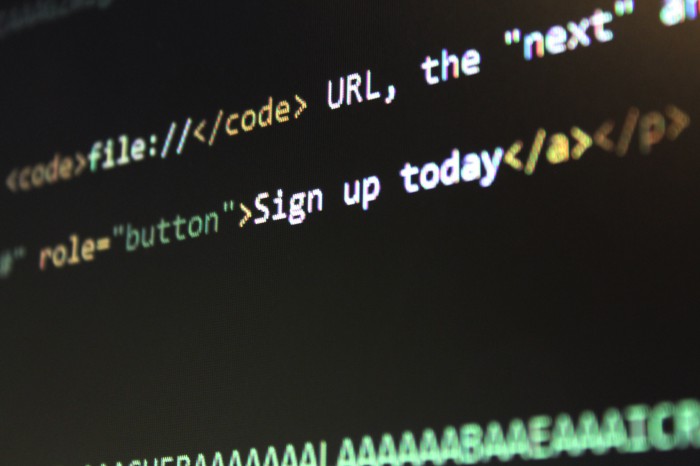The web world has its own attractions and constraints. In this way, we usually think of the tools used for development and specifications. In this context, we must know that at the level of websites, there are so-called dynamic pages that take more and more place in the digital world. In order to be able to understand them properly, it will be necessary to use equally specific tools. In our case, we use PHP. In order to understand the functioning of dynamic pages, it will be necessary to go through the understanding of this tool that is php.
Let's talk about php
This tool is used especially for website development. Php is a scripting language both general and open source. This means that everyone can use it because it is accessible to all developers. What characterizes first and foremost php is that it integrates very easily with HTML. Clearly, with php it will no longer be necessary to use tons of commands in order to display the HTML since the php pages already contain fragments of HTML. Php is also a server-side language. This means that its code will be executed directly via a server and will then be sent to the clients. Obviously, they will have no way to access the source code. Let's also understand that by configuring the server specifically, it will be possible to confuse the static pages of the dynamic pages.
A dynamic page: what exactly is it?
Now that we know php, we will now know what a dynamic page is. Clearly, a dynamic page is a page with content in perpetual change. So it's a page that will evolve or change depending on the context. This type of page tends to take up more and more space at the expense of static pages. The latter are pages whose content remains immutable, whatever the circumstances. It is, moreover, for this reason that the dynamic pages beat them so easily. Obviously, a dynamic page, just like a static page can contain animations, really attractive content, a JavaScript program as well as a page with hyperlinks. It is only on the dynamism that these two pages differ.

